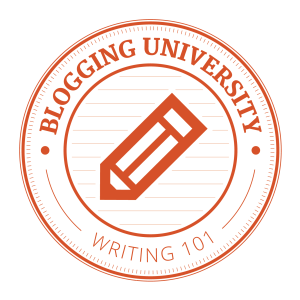Below are some recently published results from the National Center for Education Statitstics’ databases. The international assessments Progress in International Reading Literacy Study (PIRLS), Trends in International Mathematics and Science Study (TIMSS), and Program for International Student Assessment (PISA) are used to compile and analyze the data to compare the relative standings of students at grades 4 and 8, and at age 15.
The text of the report follows the URL for the site International Activities Program, which defaults to the reading scores.
http://nces.ed.gov/surveys/international/reports/2012-lps-mrs.asp#reading
How does the United States compare with other nations in terms of the proportion of students performing at the lowest proficiency levels? The international assessments Progress in International Reading Literacy Study (PIRLS), Trends in International Mathematics and Science Study (TIMSS), and Program for International Student Assessment (PISA) report the percentage of students in each participating nation and sub-national or non-national education system performing at each of several proficiency levels. The most recent U.S. results on international assessments are from PIRLS 2006, TIMSS 2007, and PISA 2009 and cover reading, mathematics, and science literacy.
NCES used the International Data Explorer to compare the percentage of low-performing students in the United States and other participating nations (and sub-national or non-national education systems) in reading, mathematics, and science at grades 4 and 8 and age 15. Low-performing students at grades 4 and 8 are defined as those failing to reach the Low International Benchmark on the PIRLS (reading) or TIMSS (mathematics and science) assessments. At age 15, they are defined as those failing to reach PISA Proficiency Level 2. For more information about proficiency levels for each international assessment, see About This Analysis.
Results:
At grade 4, nine education systems had less than 5 percent of students performing at the lowest proficiency levels in any subject, including Chinese Taipei, Hong Kong-China, Japan, Latvia, Massachusetts, Minnesota, the Netherlands, Quebec-Canada, and Singapore (though Japan, Massachusetts, and Minnesota did not participate in grade 4 reading).>The United States had around 5 percent low-performing students in each subject at grade 4: 4 percent in reading, 5 percent in mathematics, and 6 percent in science.
> Six out of the 45 education systems had at least 40 percent of low-performing 4th graders in reading, and 8 out of the 43 participating education systems had at least 40 percent low-performing 4th graders across both mathematics and science.
At grade 8, the Republic of Korea, Japan, and Minnesota all had less than 5 percent low-performing students in both mathematics and science (reading was not assessed internationally at grade 8).
>In both mathematics and science, 8 percent of U.S. 8th graders were low performers.
>Eleven of the 56 education systems had at least 40 percent of low-performing 8th graders across both mathematics and science.
At age 15, only Shanghai-China had 5 percent or less of low-performing students in any subject.
>About one in five U.S. 15-year-olds were low performers in reading (18 percent), mathematics (23 percent), and science (18 percent).
>Nineteen of the 65 participating education systems had at least 40 percent low-performing 15-year-olds in all three subjects and 23 had at least 40 percent low-performing 15-year-olds in at least one subject.
In both reading and mathematics , the United States had three times the percentage of low-performing 15-year-olds as it did low-performing 4th graders; in science, the United States had twice the percentage of low-performing 15-year-olds as it did low-performing 4th graders.
To download a PDF of this page, please click here.
To download the International Data Explorer output on which this page is based, please use the links below:
#educ_dr





